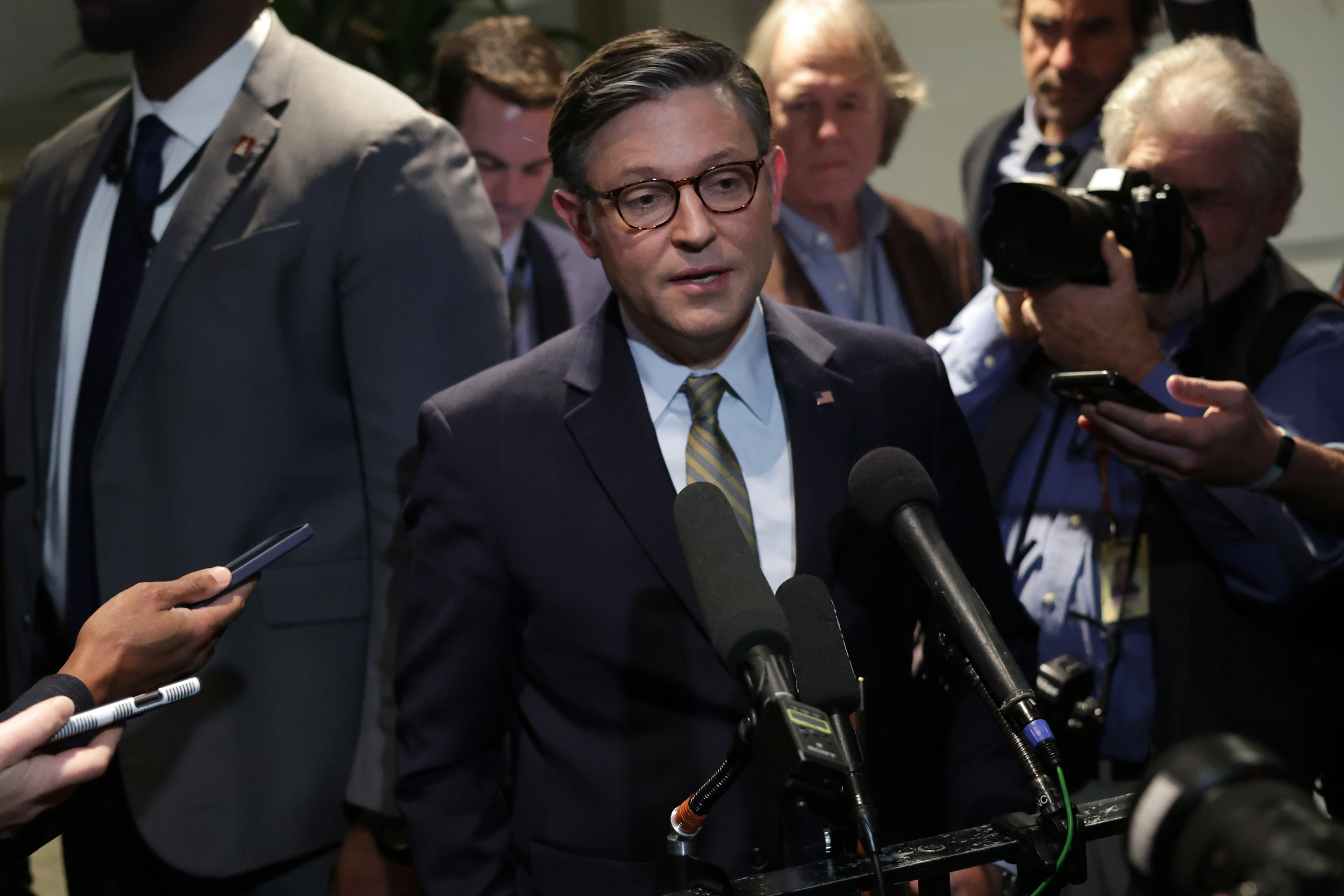By STEVE REED AP Sports Writer
CHARLOTTE, N.C. (AP) — Carolina Panthers running back Rico Dowdle had a message for his former team after rushing for a career-best 206 yards last Sunday against the Miami Dolphins.
“Better buckle up,” Dowdle warned the Dallas Cowboys, who have the 32nd-ranked defense.
Dowdle didn’t back down from that message this week, adding: “It’s going to be a very physical game. I take pride in that. Buckle your chinstraps up. I will be coming.″
The Cowboys insist they’ll be ready.
“He gotta back it up,” Cowboys defensive tackle Kenny Clark said. “I’m not much into talking. He ain’t played nobody like us and we ain’t played them.”
Dowdle should be plenty motivated.
He spent five seasons with the Cowboys (2-2-1) and eclipsed 1,000 yards rushing last year, but team owner/general manager Jerry Jones opted not to re-sign Dowdle and go in a different direction. Dowdle found limited options in the free agent market and wound up taking a backup role behind Chuba Hubbard in Carolina.
With Hubbard out last week with a calf injury, Dowdle got his first start for Carolina and turned in the third-best rushing performance in franchise history as the Panthers (2-3) battled back from 17 points down to beat Miami 27-24. He had two runs of longer than 50 yards and also scored.
Hubbard will miss a second straight game after being ruled out for the game on Friday.
Hubbard, who ran for nearly 1,200 last yards and 10 TDs last season, didn’t practice all week. Coach Dave Canales said earlier in the week he knows Hubbard is “chomping at the bit” to get back, but wants to make sure he isn’t rushing back too soon.
Canales said even if Hubbard did return, Dowdle would still play.
“It’s a great feeling for me,” Canales said. “I look down on the call sheet — I don’t have to worry about who’s in there. To know we’ve got two solid backs that we love, it just allows us to continue to play our brand of football and get a fresh set of legs in there that can execute.
“We’ll figure out how to use both guys when that time comes.″
Plug and play
The Cowboys also are coming off a productive day on the ground.
Dallas rushed for a season-high 180 yards in a dominant 37-22 win over the New York Jets despite missing four starting offensive linemen. Both left-side starters could be back in tackle Tyler Guyton (concussion) and guard Tyler Smith (knee). Rookie right guard Tyler Booker has also been out. Center Cooper Beebe (foot) will miss his fourth game on injured reserve against the Panthers, then be eligible to return.
“I still can’t think of one where I’ve ever gone in before, the different starting offensive linemen,” coach Brian Schottenheimer said. “We have to come up with plans that we think feature what they do well along with attacking your opponent. But at the end of the day, the players are the magic.”
Not slim Pickens
George Pickens has played two games without new sidekick – and incumbent No. 1 Dallas receiver – CeeDee Lamb, who’s nursing a high ankle sprain. It appears Lamb will be sidelined again, although he’s getting closer to a return.
The first game without Lamb, Pickens had one of the two best games of his career with eight catches for 134 yards and two touchdowns in a 40-40 tie with Green Bay. In last week’s 37-22 victory over the New York Jets, Pickens had a 43-yard TD grab for a 30-3 lead.
Pickens came to Dallas in an offseason trade from Pittsburgh, where Pickens was prone to emotional outbursts and penalties that once prompted coach Mike Tomlin to say the 24-year-old needed to grow up. The future has brightened considerably for a 2022 second-round pick in the final year of his rookie contract.
“I feel like I was always having fun,” Pickens said. “I just feel like the narrative never showed me having fun. I feel like right now it’s a good thing for the team.”
Bring the pressure
The Panthers had just two sacks through the first four games, which rookie Princely Umanmielen and others called embarrassing.
The result was a players-only defensive team meeting before last week’s game — one that seemed to work.
Carolina had three sacks in the win over the Dolphins with A’Shawn Robinson, Derrick Brown and Patrick Jones II all getting to Tua Tagovailoa.
The Panthers are hoping to build on that success this week, but it won’t be easy. Dak Prescott has been one of the better protected QBs in the league. He has been sacked seven times through five games and his 3.4% sack rate on drop-backs is the fifth-lowest mark in the league.
Legette’s confidence
After being held to 8 yards on four catches in his first four games and missing the next two due to a hamstring injury, Panthers wide receiver Xavier Legette was lacking some confidence. The Panthers hope that has changed after Legette caught a key touchdown pass from Bryce Young last week that helped spark a comeback from a 17-point deficit against Miami.
“You hope those opportunities come up where the coverage points to a 1-on-1 chance for a guy to make a play,” Panthers offensive coordinator Brad Idzik said. “I think the throw from Bryce, having to get that ball out, knowing at the time of the release of the throw, the leverage might not have been what he wanted, but he knew Xavier was going to make that play.
“And then Xavier, to go track that thing, a low ball, that was a really remarkable catch.”
Carolina home cooking
The Panthers are 2-0 at home and Canales is excited to be at Bank of America Stadium for the first time in back-to-back games this year.
“I mean, speaking personally, it’s just spending time with my family, spending time with my wife and my kids throughout the week,” Canales said. “And where you normally get on a plane sometime on Saturday afternoon, and I get to go see soccer and, you know, those types of things that just put you in a good state of mind.”
___
AP Sports Writer Schuyler Dixon is Dallas contributed to this report.














